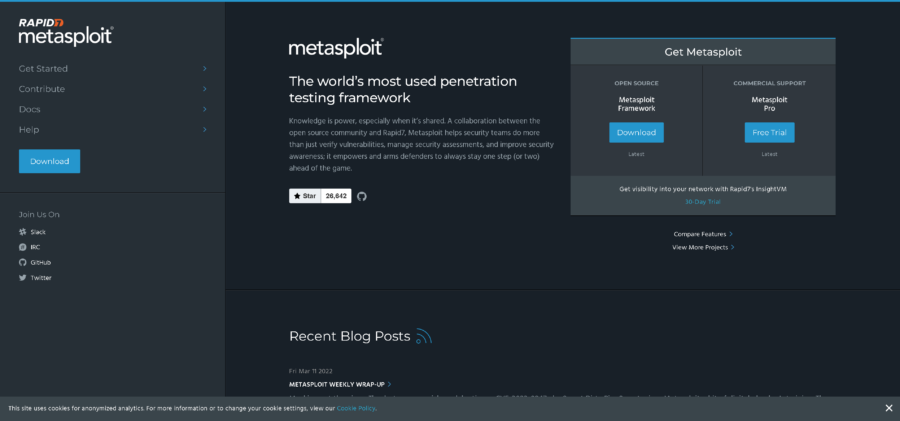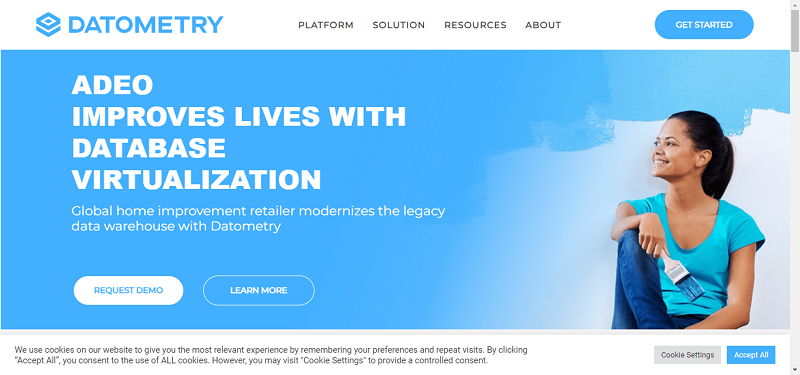Cloud is becoming increasingly integral to the enterprise. The extent of this was illustrated recently when Microsoft reported quarterly revenues of $9.6bn for its Intelligent Cloud offering, which was aggressively developed to capitalize on the fact that businesses throughout the world are embracing the cloud benefits of greater agility, elasticity and reduced CAPEX.
Indeed, close to two thirds of enterprise workloads currently run in the public, private or hybrid cloud, and this is expected to grow to four in five within the next two years. Given that around a quarter of businesses will adopt a hybrid multi-cloud approach, Microsoft’s strategy is particularly astute; with organizations utilizing a mixture of services from different providers, the tech giant will have access to an even wider pool of customers.
The cloud offers businesses of all sizes a range of opportunities, from enhanced efficiency, interoperability and agility, to greater scalability and increased flexibility, all of which are key drivers of an organization’s digital transformation. It’s important to remember, though, that successful cloud-based disruption isn’t just about delivering transformational customer and business services; it’s also about delivering them well.
Much of Microsoft’s success in the cloud may be due to its ability to address the security and regulatory concerns of its customers, with its ‘Azure Government’, designed for use by federal agencies, serving as a proof point.
An increased focus at all levels of a business on meeting the requirements of regulations such as PCI-DSS, HIPAA, and GDPR, has brought the issue of compliance into focus like never before. Article 32 of the GDPR, for example, is concerned with the speed at which network availability and access to personal data can be restored in the event of any downtime resulting from an outage or, even worse, a breach. Given the size and complexity of today’s IT networks, however, it has become extremely challenging to detect when and how a breach or network failure might occur.
Organizations the world over are striving to achieve a pervasive visibility across their entire hybrid cloud network and continuously monitor for anomalous network and application behavior. Not only will this help protect against data loss of sensitive corporate and customer information, but also, of course, their bottom line; non-compliance could result in significant financial penalties.
Complete visibility into its cloud infrastructure, and all the interrelationships – the applications, networks, servers, databases, and other elements – involved in the service delivery process will also enable an organization to ensure efficiency and optimize its mean time to repair, allowing it to get ahead of any issues that arise.
This holistic visibility across the entire service delivery infrastructure can be achieved by continuous end-to-end monitoring and analysis of the traffic and application data flowing over the network. Rather than using isolated events from machine/log data, this ‘wire data’ can, with the right technology in place, be leveraged to create and inform smart data – data that is prepared and organized at the collection point such that it is ready and optimized for analytics at the highest quality and speed.
Extracting key metrics from this smart data and displaying them along with service inter-dependencies in dashboards, alerts, and workflows will provide a business with the visibility it needs to cut through the complexity of the hybrid cloud, and transform it from a utility into a strategic asset.
Essentially, by offering a detailed picture of the entire hybrid cloud environment, the applications and services it supports, and their respective dependencies, a smart data approach allows organizations to implement top-down service assurance and greater regulatory compliance.
Recent reports and Microsoft’s revenue clearly demonstrate that the growth in cloud adoption is showing no signs of slowing down.
But adoption is just the beginning. As businesses everywhere undergo digital transformation, their success now hinges on their ability to harness the cloud promise for improving business agility and reducing costs. Unlocking the cloud’s potential requires organizations to address security and service assurance. As businesses become increasingly connected, optimizing and assuring the quality of Enterprise service delivery infrastructure, the applications that utilize it, and all their respective interdependencies, becomes mission-critical.
For businesses to capitalize on the opportunities the cloud affords, it’s therefore important that they have pervasive and deep visibility into their entire cloud infrastructure. As a result, we should expect to see a growing number of organizations adopt a smart data approach to optimizing this infrastructure, mitigating risk, and making intelligent business decisions.
By gaining visibility of the entire delivery infrastructure and the actionable intelligence it offers, organizations will enhance their posture to securely enable the cloud, and the assure the performance of applications and services that hinge upon it, to truly take off.
By Michael Segal





